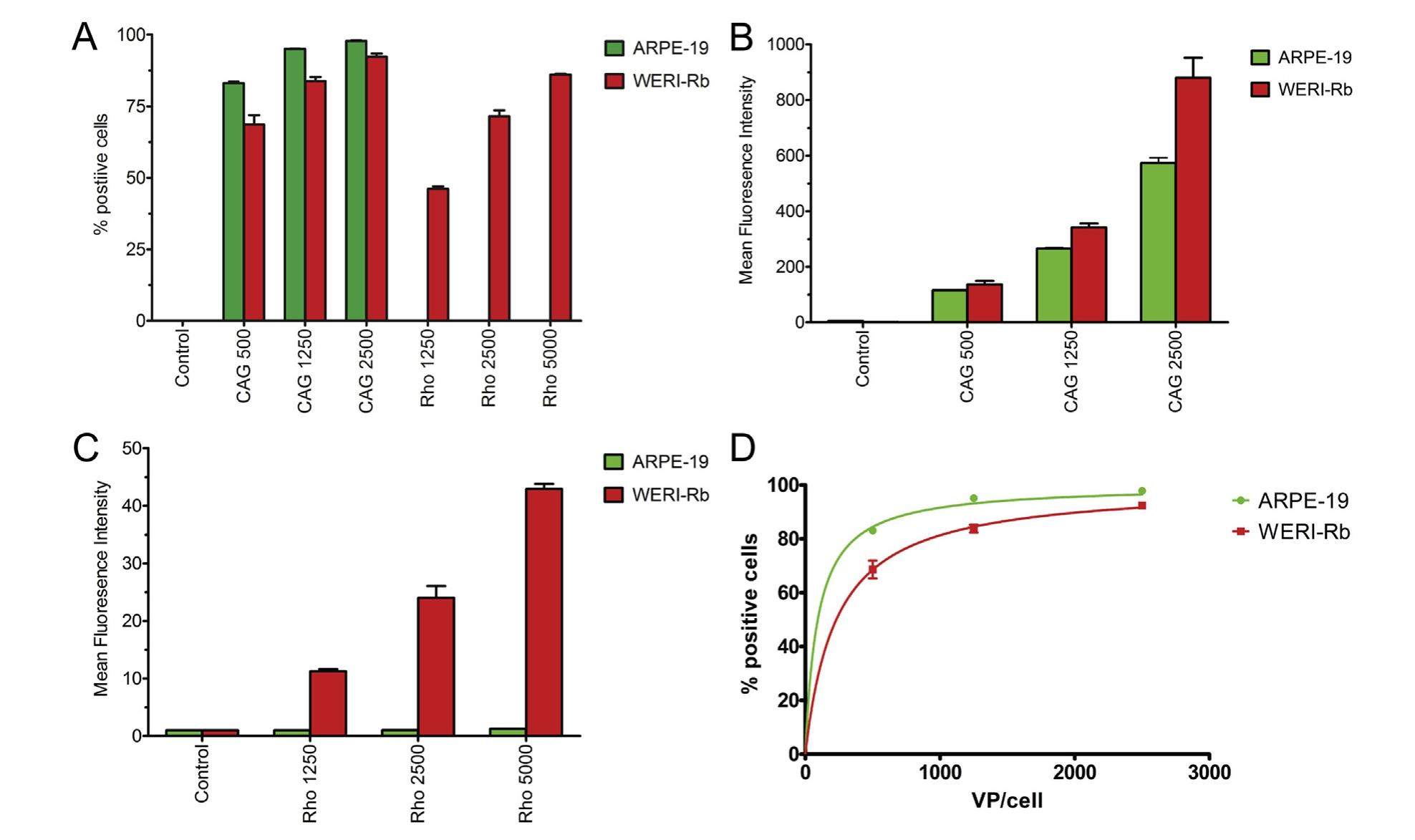
Highly efficient retinal gene delivery with helper-dependent adenoviral vectors


There have been significant advancements in the field of retinal gene therapy in the past several years. In particular, therapeutic efficacy has been achieved in three separate human clinical trials conducted to assess the ability of adeno-associated viruses (AAV) to treat of a type of Leber's congenital amaurosis caused by RPE65 mutations. However, despite the success of retinal gene therapy with AAV, challenges remain for delivering large therapeutic genes or genes requiring long DNA regulatory elements for controlling their expression. For example, Stargardt's disease, a form of juvenile macular degeneration, is caused by defects in ABCA4, a gene that is too large to be packaged in AAV. Therefore, we investigated the ability of helper dependent adenovirus (HD-Ad) to deliver genes to the retina as it has a much larger transgene capacity.
Using an EGFP reporter, our results showed that HD-Ad can transduce the entire retinal epithelium of a mouse using a dose of only 1×105 infectious units and maintain transgene expression for at least 4 months. The results demonstrate that HD-Ad has the potential to be an effective vector for the gene therapy of the retina.
